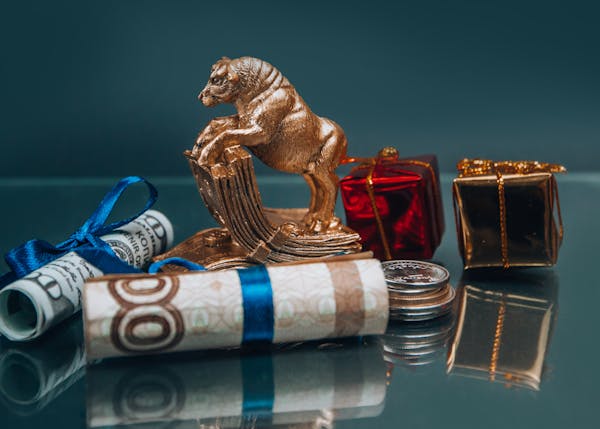How To Clean Your Jewelry [Guide]
![How To Clean Your Jewelry [Guide] How To Clean Your Jewelry [Guide]](https://brasilnaagenda2030.org/wp-content/uploads/2022/10/How-To-Clean-Your-Jewelry-Guide.jpg)
Jewelry Care – Why is it Important?
You’ve found a pair of statement earrings you love, finally invested in that gold monogram necklace you’ve been dreaming of for years, and splurged on a milestone bangle to celebrate a special moment in your life. You deserve that gorgeous jewelry, and properly caring for it isn’t just the best way to keep it looking incredible for as long as possible, but also a ritual through which you can care for and reconnect with that piece you love so much.
Included in this article is information about various types of metal commonly used for jewelry, and directions for properly cleaning and storing jewelry made from those metals. While much of the basic care information overlaps, having a better understanding of the sensitivities and qualities of each kind of metal really helps to understand how to best treat and care for it.
Contents:
- Gold Jewelry
- Sterling Silver Jewelry
- Stainless Steel Jewelry
- Titanium Jewelry
- Jewelry Care Considerations
- Conclusion
Gold Jewelry
Types of Gold Jewelry – What’s the difference between solid gold, gold-filled, and gold-plated jewelry?
There are three basic categories of gold jewelry. Solid gold is exactly what it sounds; 100% pure gold with no additional metals. Gold Filled jewelry is created by taking a base metal and bonding a layer of gold on top giving a similar appearance to solid gold jewelry. Gold plated jewelry is similar in that it is a base metal covered with real gold, however, the application is with an electroplating method which is less substantial and long-lasting than gold filled. When gold plating is applied overtop silver, it is referred to as gold vermeil. These definitions are important to note especially when shopping for gold jewelry, as the worth and prices will differ significantly.
Colors of Gold – What’s the difference between yellow gold, white gold, and rose gold?
White gold is created with a combination of gold and nickel, palladium, and/or silver. The exact combination used depends on the use of the white gold, since different combinations can be created to achieve various hardnesses or strengths depending on the jewelry’s requirements.
Rose gold is a combination of pure gold and copper. This is a simpler combination and one that is regaining popularity. The density of the pink color is dependent on how much copper is included in the mixture.
Yellow gold is combined with a variety of alloys but mixed to retain its color. However, the density of the gold to alloy ratio does impact the color. The strongest gold colors are the closest to 24K. The more commonly used but less yellow-colored gold is 14K.
What to expect from your gold jewelry
Gold jewelry behaves differently depending on what kind of gold it is. 24K Gold is the purest gold and will not tarnish, but it also cannot be used alone to create jewelry as it is far too soft and malleable. In order to create a sturdier metal, gold is combined with other metals to create what is called an alloy, and the added metals are what are prone to tarnishing. The smaller the Karat, the more alloy metal has been added to a piece, increasing its likelihood of tarnishing and discoloration.
Things to avoid with your gold jewelry
Properly cared for, your gold jewelry can retain its sheen and luster for generations. Gold, while generally durable, is susceptible to damage due to a variety of reasons. Combined, these tiny damages may combine to compromise the integrity of your jewelry. Instances of impact (think the bumping around or scraping that occurs to a gold bracelet or ring) can create small dents or scratches which may or may not be easily visible but will add up to more substantial damage.
Frequent exposure to dust, moisture, sweat, cosmetics, or lotions can also affect the sheen of the gold and create surface issues. Always remember to take off your bracelets and rings before working out. Even squeezing the handles of an elliptical can cause your rings to experience distortion and bending, and your sweat will exacerbate the exposure.
The worst thing for your gold jewelry to be exposed to is any kind of acid, harsh chemical, or abrasive. It’s always wise to remove your rings and bracelets (or wear protective rubber gloves) when cleaning with chemicals and remove any jewelry before getting in the hot tub or swimming pool.
These tips will help you preserve your solid gold and gold-filled jewelry, but it’s important to note that gold-plated jewelry is far more vulnerable to damage because the layer of gold over the base metal is so thin. If you have gold-plated jewelry, you’ll need to be extra careful in order to preserve its longevity. The truth is, though, that gold-plated jewelry will likely lose its plating in spots eventually, especially if it’s heavily worn, and so investing in gold filled is generally a better option if solid gold is out of the budget.
Cleaning and Polishing your Gold Jewelry
How often should you clean your gold jewelry? We recommend tackling that task about once a month (unless your jewelry has been exposed to excessive sweat or chemicals, then get on it as soon as you can!) as a part of regular jewelry maintenance.
How to Clean Gold Jewelry
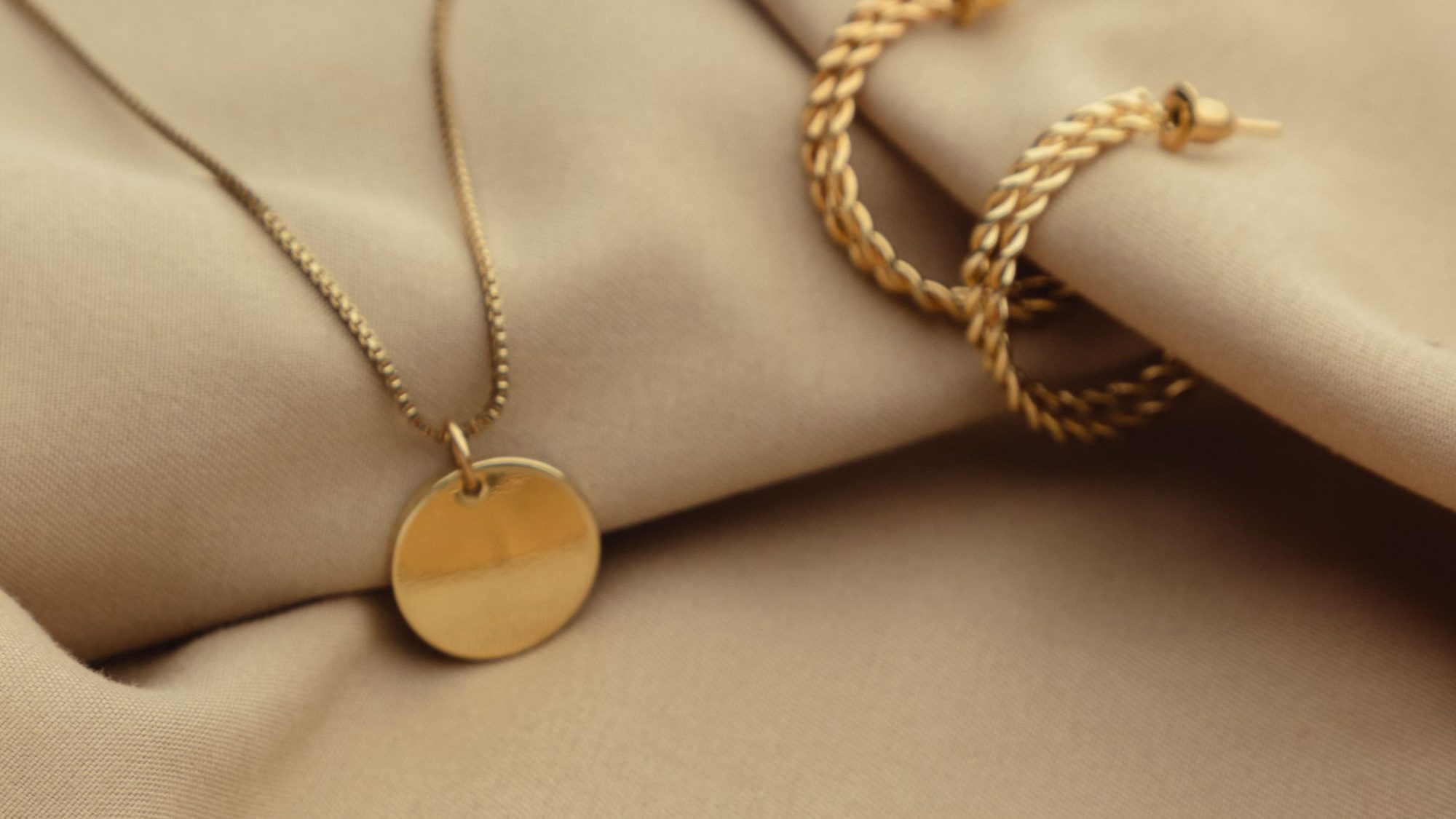
Begin by rinsing your jewelry in lukewarm water. You can use a mild detergent or dish soap, but we recommend purchasing a nonabrasive jewelry cleaner made specifically for cleaning gold. Grab yourself a super soft brush like a baby toothbrush and gently brush and clean your piece using the cleanser. If your jewelry has a softer focal piece like a pearl, you’ll want to avoid that area entirely unless it’s soiled, since pearls are incredibly delicate.
Avoid using anything abrasive to clean your jewelry. Never use baking soda (even though it’s amazing at cleaning so many things, keep it away from your jewelry!) or toothpaste, which became well known for its metal polishing qualities (it does create an effective shine) but can actually damage the metal with its abrasive texture. Even something like a tissue has tiny particles of paper that can create micro-scratches on the metal that diminishes its shine.
Lastly, but so important: be sure to clean your jewelry over a dish or a closed drain!
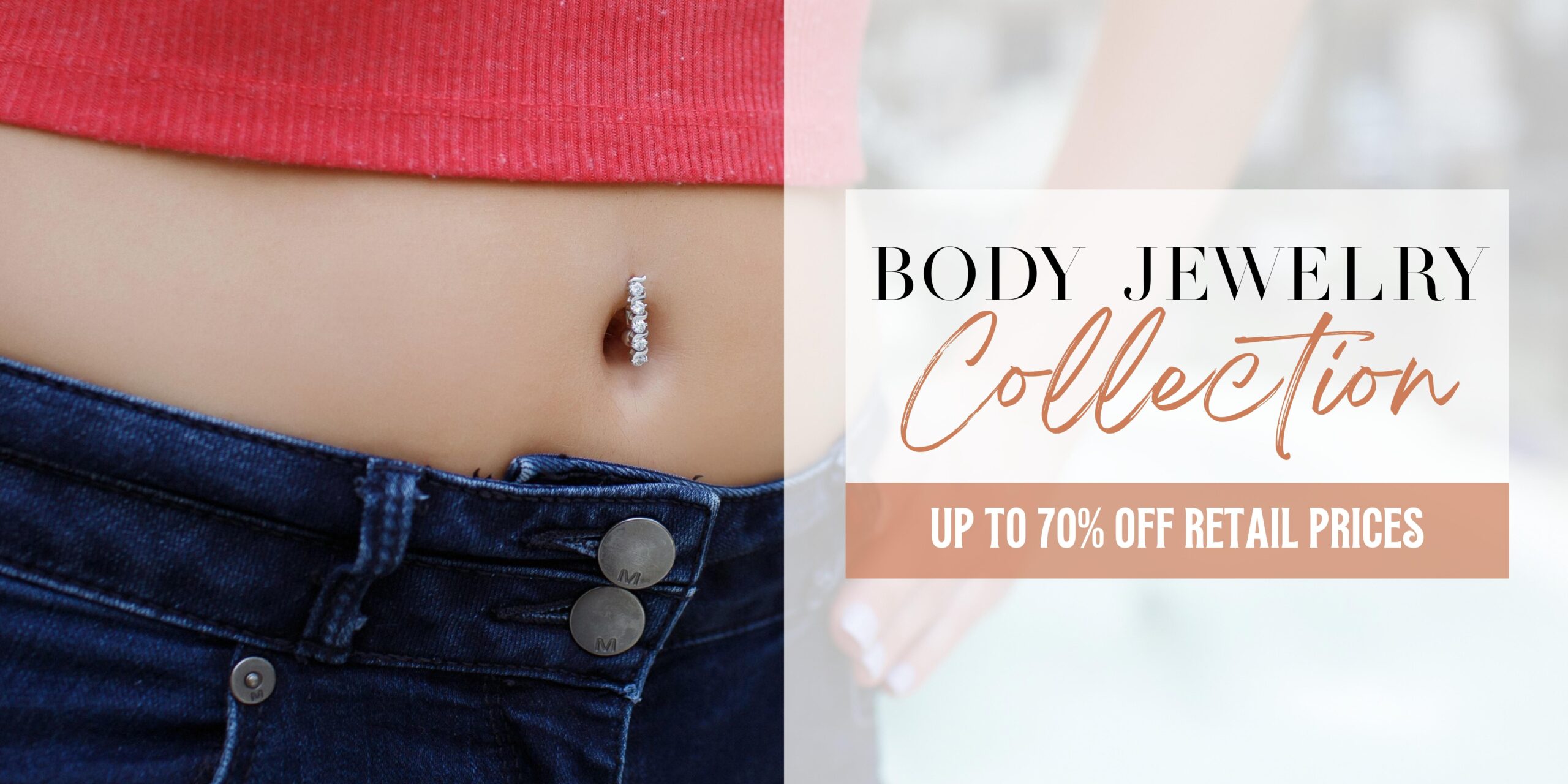
Sterling Silver Jewelry
How to Clean Silver Jewelry

Sterling Silver is one of the more high-maintenance metal options for jewelry as it naturally oxidizes, a process that leads to tarnish. Humidity, pollution, water hardness, and pH of your skin can all affect the rate at which silver tarnishes. Sulfur and moisture are the two biggest causes of tarnishing, and silver that has become extremely oxidized is especially hard to completely recover with polishing. For that reason, it’s important to maintain and regularly care for your silver jewelry.
Find a soft cloth like a microfiber cleaning cloth for polishing and maintenance purposes. Be mindful of any stones in your jewelry and how they may be affected by cleaning. Soft stones such as turquoise and opals or pearls can be affected by some cleansers or cloths that are too rough. Pieces that contain soft stones like these should never be dipped in a silver cleaning solution. However, pieces that are entirely silver can be dipped in an anti-tarnish solution to remove light tarnish. It’s best to tackle tarnish before it darkens too much. If your piece is nearing a black color, you should take it to a professional for cleaning.
An important step for silver cleaning is to dry thoroughly and make sure that any residue from detergent or silver cleaners has been completely removed. Any residue or moisture that remains could actually cause further tarnishing.
Stainless Steel Jewelry
Caring for Stainless Steel Jewelry
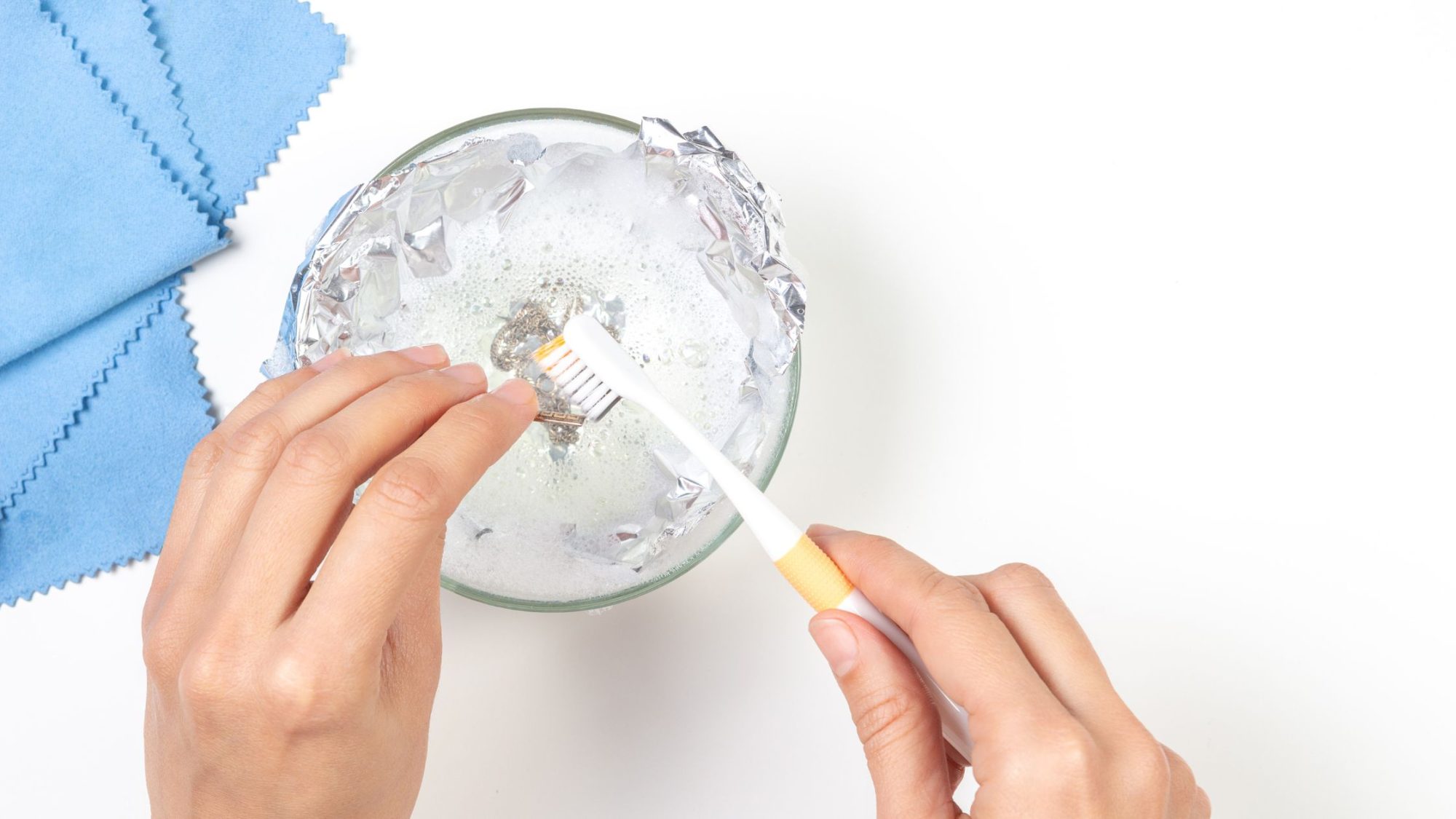
Stainless steel is a frequently used metal in the jewelry world due to its strength and durability. Highly cost effective, stainless steel is often used as the base metal for gold and silver plated pieces, as well on its own and for the backings of non-metal earrings. Stainless steel is also known for its hypoallergenic and nonreactive qualities.
When you consider how to clean your stainless steel jewelry, think about how frequently you wear the piece. The more exposure it has to the elements, the more often you’ll want to clean the piece. While stainless steel does not tarnish or rust, you will find that it will eventually lose its luster, a hint that it needs a thorough cleaning. If your jewelry is exposed to chlorine, bleach, dirt, or grease, be sure to clean it immediately.
In order to clean your stainless steel jewelry, create a warm bath of warm water and detergent in a bowl. Submerge your jewelry and let soak for five minutes. (Don’t soak pearls or other delicate stones like opal.) Once the soak is done, pick up the jewelry and gently clean with a baby toothbrush to loosen up any dirt or residue. Dry completely, and finish up with a microfiber jewelry cleaning cloth.
Titanium Jewelry
What is Titanium?
Titanium is a metal alternative for jewelry that has grown more popular because of its super light weight and powerful durability. Its natural appearance is whitish silver, and it is significantly stronger than stainless steel, another jewelry alternative. It’s also considered a very hypoallergenic metal. Titanium has seen a massive increase in popularity in recent years, especially within the categories of wedding bands for men and body jewelry (due to the hypoallergenic qualities.)
Caring for your Titanium Jewelry
So, what kind of care is required for titanium jewelry? Titanium is undoubtedly easier to care for than precious metals like gold or silver. It’s corrosion resistant and will not tarnish. However it’s still best to keep your titanium jewelry clean by regularly using a mild soap with a soft cloth to lightly polish, dry, and store in its own bag or container to prevent scratching.
If your titanium jewelry comes into contact with dirt, grease, or harsh chemicals, be sure to cleanse, dry, and buff immediately.
Jewelry Care Considerations
Professional Maintenance
Cleaning your jewelry regularly while following these guidelines will ensure longevity and longer lasting quality for your favorite pieces. In addition to regular cleaning, take your jewelry once or twice a year to a jeweler who will be able to give the pieces a really thorough clean and check for any potential damage sites. They may recommend a more thorough cleaning method like ionic or ultrasonic machines, and can enlist a more intensive polishing process to remove scratches in the surface of the jewelry.
How to Properly Store your Jewelry
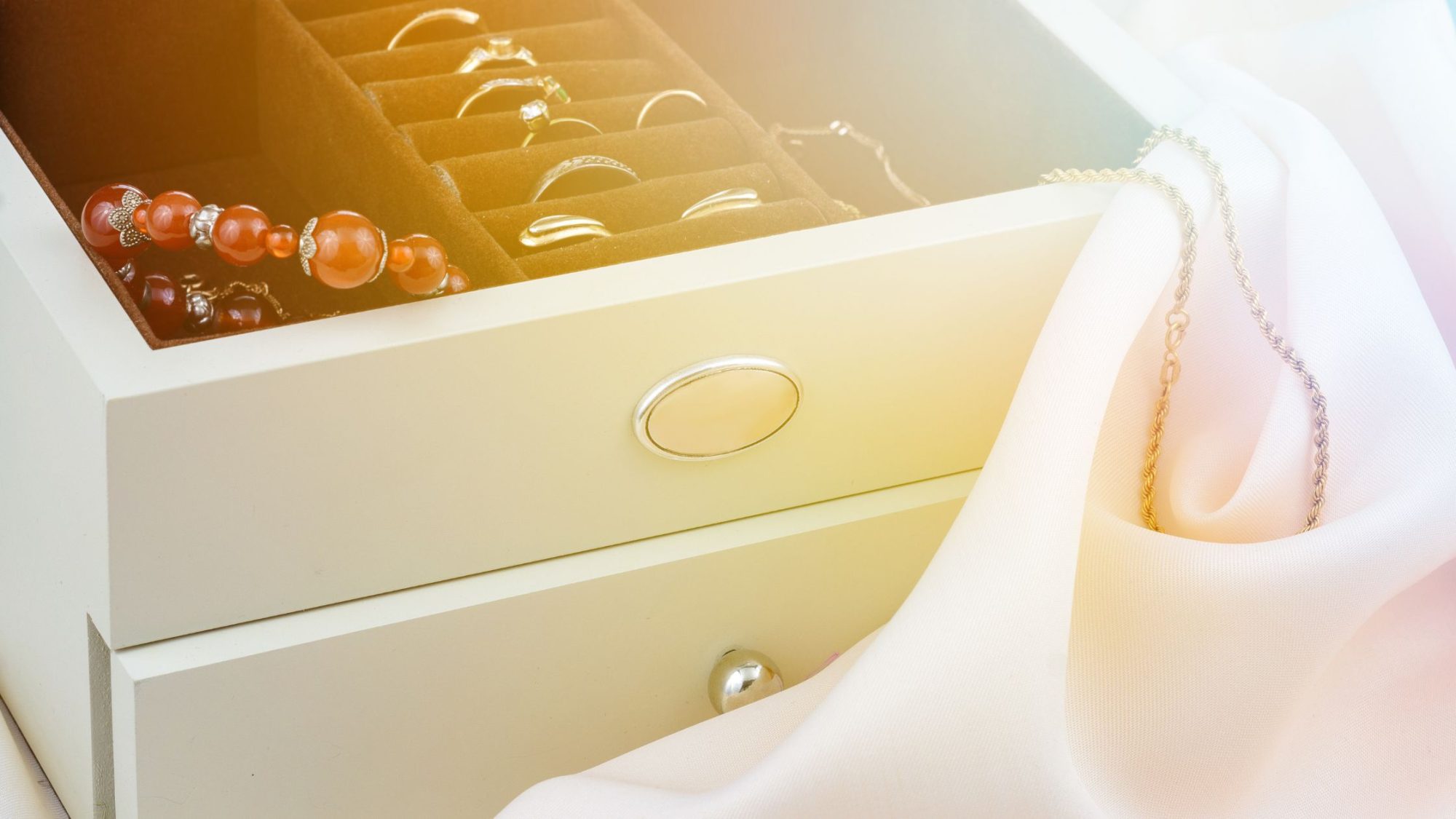
Storing your jewelry properly is also important to its maintenance! Having an individual bag or fabric lined box for your pieces can prevent them from extra exposure and from getting bumped into one another. If you live in a more humid area you can enlist a silica gel packet to remove moisture from the air around your jewelry while in storage. For silver pieces, you can get anti-tarnish papers which will lay flat in the bag with your jewelry. Removing as much air as possible from the bag when you close it will help keep the pieces from tarnishing quickly.
Conclusion
Properly caring for your jewelry is really important when it comes to making sure your pieces last a long time and look their best. With items like earrings or body jewelry, it’s also about keeping sanitary pieces that are safe to put into your piercings. Coming up with a system or schedule for maintaining your jewelry, as well as a spot to properly store your pieces, will serve you best in the long run!

